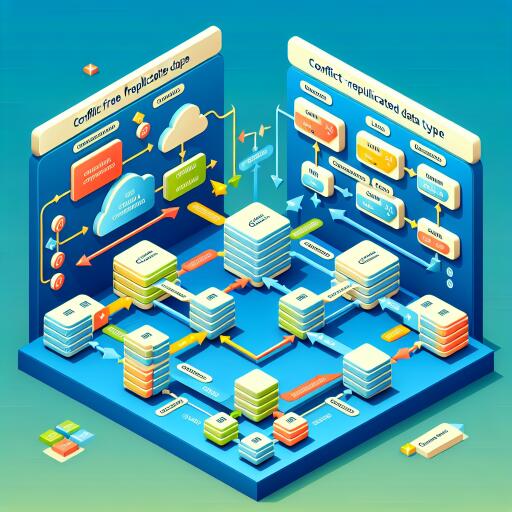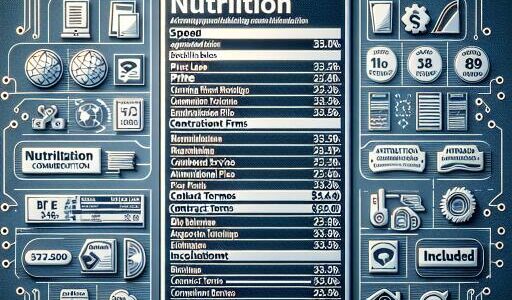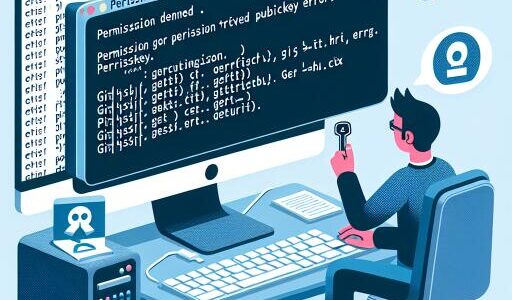Exploring Conflict-Free Replicated Data Types (CRDTs) in the Digital Realm
In the expansive digital landscapes of the metaverse and collaborative technologies, the ability to work together in real-time on shared digital content is not just a convenience—it’s a necessity. Among the technological innovations making this collaborative magic possible, a lesser-known hero emerges: the Conflict-Free Replicated Data Type, commonly abbreviated as CRDT. This robust data structure is a linchpin for applications that thrive on seamless, concurrent user contributions without stepping on each other’s toes. Here’s how CRDTs are revolutionizing data collaboration in virtual environments and beyond.
CRDTs: Empowering Collaboration in Virtual Spaces
Imagine you’re in a virtual space, adjusting the scenery or modifying a digital object. With CRDTs, these changes aren’t just visible to you—they’re instantly experienced by everyone else in that shared digital universe. This immediate synchronization is what allows for a cohesive and interactive experience, regardless of how many users are manipulating the same piece of data. From altering the position of virtual equipment in metaverse platforms to tweaking a shared design on Figma, CRDTs ensure that everyone’s input is acknowledged and merged in real-time.
CRDTs’ Role in Distributed Systems
Beyond individual applications, CRDTs play a crucial role in distributed systems—networks where data and resources are shared across multiple computers. One notable application is in peer-to-peer (P2P) networks, where the consistency of shared files is paramount. The InterPlanetary File System (IPFS), for instance, leverages CRDTs to maintain up-to-date file versions across different nodes, ensuring that everyone has access to the latest data. Similar principles are applied in Redis, a high-performance in-memory data structure store, to synchronize database changes across servers strategically positioned near users for optimal performance.
Why Are CRDTs Important for Concurrent Updates?
Consider working on a document with a colleague: you’re both editing the same paragraph but making different changes. Without a system in place to handle these simultaneous edits, chaos ensues. This is where CRDTs shine. They offer a simplified solution for merging these concurrent updates, ensuring that no modifications are lost in the process. Although CRDTs are recognized for their effectiveness in providing consistency and resolving conflicts, they are not a one-size-fits-all solution. For applications requiring ironclad consistency guarantees—like financial systems or critical record-keeping—other consensus protocols like the two-phase commit (2PC), Paxos, or Raft might be more appropriate choices due to their stricter control mechanisms.
CRDTs: A Cornerstone of Modern Collaboration
Despite their technical complexity, the essence of CRDTs lies in their ability to foster collaboration and ensure data consistency across distributed systems. They’ve become foundational to applications and services that many of us use daily, like Google Docs and Apple Notes, by making real-time, multi-user interactions flawless and intuitive. As digital collaboration platforms continue to evolve and the boundaries of the virtual and physical worlds blur, the roles of technologies like CRDTs will only become more pivotal.
In essence, Conflict-Free Replicated Data Types are more than just a tool for data synchronization; they are the building blocks of today’s collaborative digital experiences, making it possible for us to work, create, and play together in shared online spaces. As we continue to push the boundaries of what’s possible in these digital realms, CRDTs will undoubtedly play a vital role in shaping the future of collaboration.










